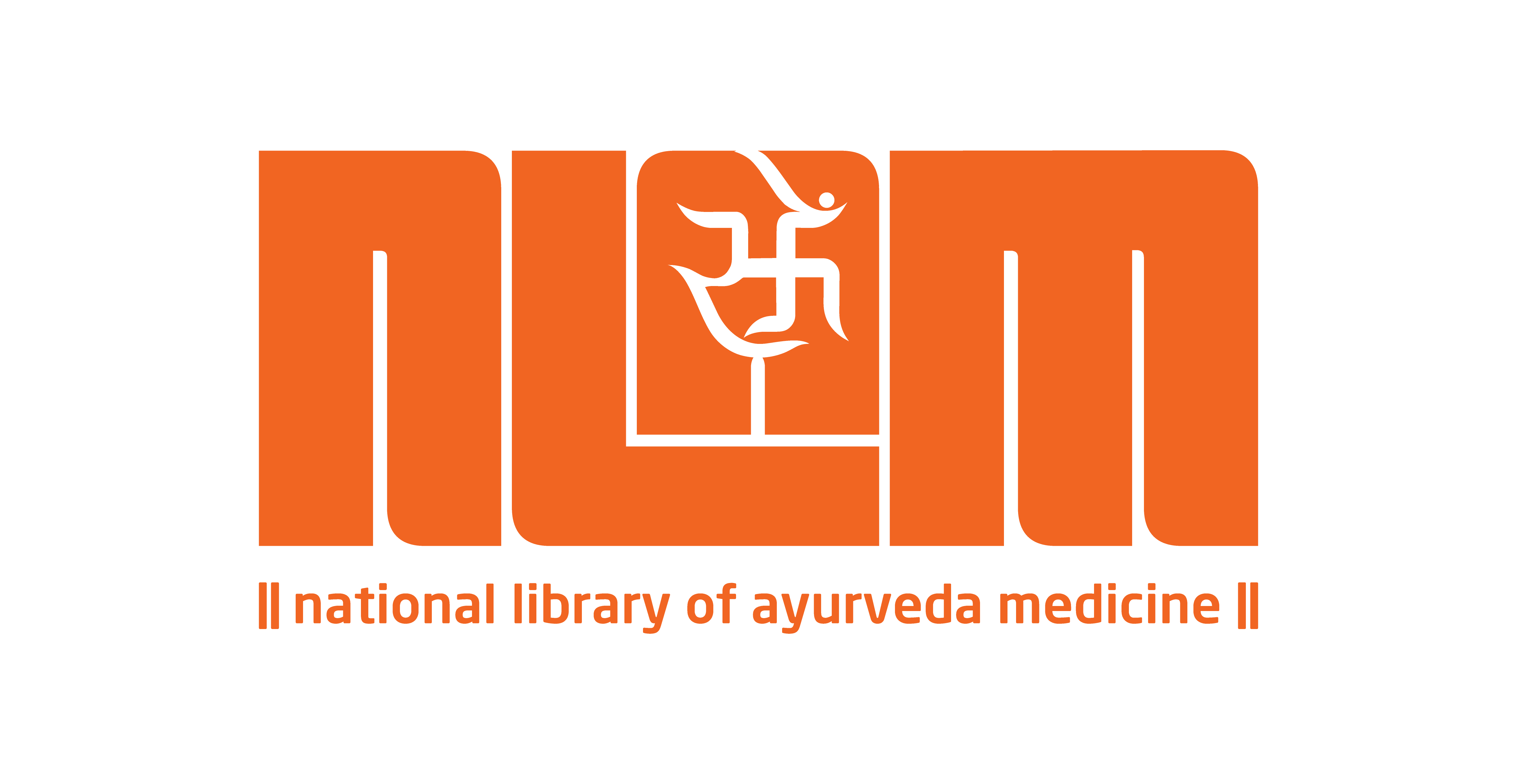PREPARATION
Shudh (purified) Parad 1 Tola and Shudh Gandhak 1 Tola are blended together to form Kajjali. Tamra Bhasma 1 Tola, Vang Bhasma 1 Tola, Hartaal Bhasma 1 Tola, Shudh Tuthya 1 Tola, Shankh Bhasma 1 Tola, Kansya Bhasma 1 Tola, Kapardik Bhasma 1 Tola, Triphala Churn 1 Tola, Trikatu Churn 1 Tola, Loh Bhasma 1 Tola, Vidang 1 Tola, Saindhav Lavan 1 Tola, Saurvichal Lavan 1 Tola, Beed Lavan 1 Tola, Samudra Lavan 1 Tola, Sambar Lavan 1 Tola, Chavya 1 Tola, Pippalimool (Roots of Pippali are known as Pippalimool) 1 Tola, Hapusha 1 Tola, Vacha 1 Tola, Shati 1 Tola, Patha 1 Tola, Devdaru 1 Tola, Ela 1 Tola and Vrudhdaru 1 Tola are pounded together to form a fine blend and mixed with Kajjali. The Kajjali mixture is processed in Kwaath prepared from Haritaki Phal (Phal == Fruit) till a uniform blend is achieved. This formulation is called Nityanand Ras. On drying Nityanand Ras is rolled into tablets each measuring 1Gunj (see glossary).
Nityanand Ras - Ingredient Details
NOTE
- Kajjali prepared in the above formulation must adhere or comply with the Kajjali preparation description and standards as mentioned in various Ayurveda treatise.(see glossary)
- Raschandanshu has mentioned the use of Hinguloth-Parad (Parad procured from Shudh Hingul) in the preparation of Nityanand Ras.
- Certain Vaidyas(Ayurveda Physicians) inform that if Vrudhdaru is unavailable, the plant Trivrut (Operculina turpethum) must be used as a substitute for preparing Nityanand Ras.
- 1 Tola approx. 11gm
- 1Gunj approx 125mg




 Your current navigation map.
Your current navigation map.